My wanderlust was triggered by a photo I saw a couple of years ago. An old tree at Vittala temple in Hampi. The photo stayed with me long after it was out of sight and I knew that I needed to click it for myself. In January this year, I picked up a book about Hampi and boarded a flight to Bangalore. The time had come for me to take that bucket list shot and experience Hampi for myself. As fate would have it, this was also my first solo trip!
I de-boarded the bus at Hampi bazaar. I found myself surrounded by tour guides, autowallahs, people selling all sorts of things … from maps to hats, one can find pretty much everything here! It was all a bit overwhelming. I had barely walked for about two minutes when I saw a bright yellow structure. It towered over everything around it. Such majestic was its radiance that I was stopped in my tracks! I was glad that my hostel was right next to this temple.
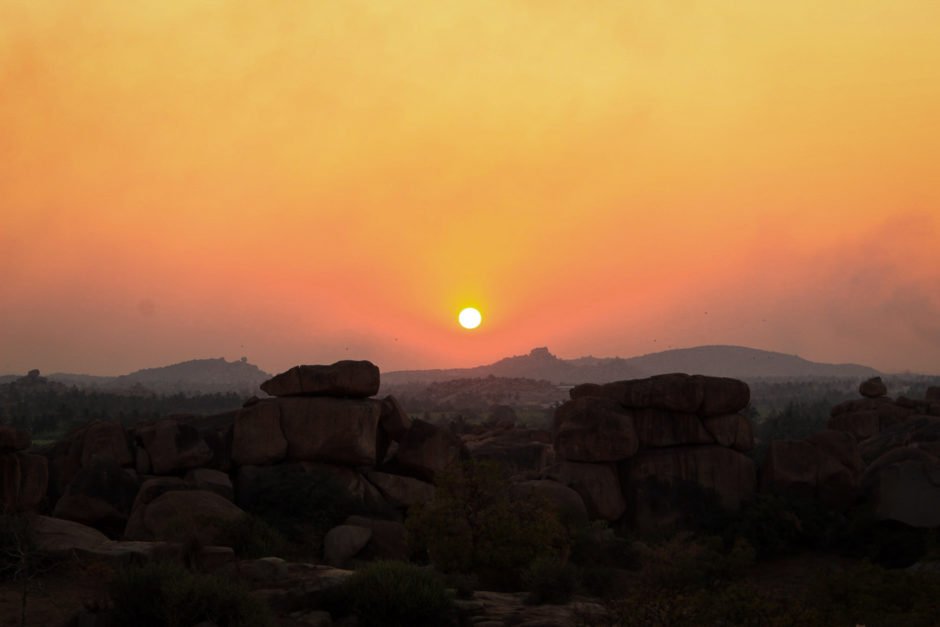
After freshening up, I was set to go exploring. The first on my list were, of course, Virupaksha temple and Hemakuta hill temples. The Virupaksha temple was established in the 7th century. It was later developed by Vijayanagara kings into the majestic structure we see today. Dodging the swarm of map sellers and tour guides, I entered the temple only to be surprised even more. The temple has beautiful pillared halls. In the main mantapa, the mural on the ceiling was fascinating. I learned that the Virupaksha temple is claimed equally by monkeys, dogs, humans, and even an elephant! I offered my prayers and took some pictures. On Hemakuta hills, there are many pillared temples, but those which stand out are the Kadalekalu Ganesha and the Sasivekalu Ganesha. This hill also has a sunset point that you must not miss out!
In the vicinity of the Virupaksha temple, one can see ruins of the medieval markets. In a pillared shrine, I found the monolithic Nandi. The monolithic Nandi and the Achyuta Raya temple are separated only by a hill. In Hampi, climbing hills and boulders is definitely recommended. As a reward, you get some really breathtaking views. Once on the other side, I found myself in a beautiful temple dedicated to Lord Vishnu. The temple was built by King Achyuta Raya, hence the name. It was the perfect spot to just sit back and soak it all in.

By now, I was worn out. But the very thought of taking that bucket list shot kept me on my feet. I walked upto Vittala temple, stopping intermittently to appreciate the beautiful landscapes. Vittala temple used to have a large settlement around it. The ruins of this settlement are visible even today. Since the stone chariot of Vittala temple is famous all around the world, the crowd didn’t come as a surprise. But as I stepped into the temple complex, the vibe felt so right that I even forgot about my shot! The temple mantapa claims to have ‘musical pillars’. Unsurprisingly, people were putting the claim to test by tapping them. There were crowds of people trying to take selfies near the stone chariot. I couldn’t resist touching the beautifully carved structures.
By this time, the sun was bidding farewell for the day. A beautiful red hue enveloped everything around it. It was a magical moment and I knew that this is it! This is my shot! After two years, I had finally clicked it. But something in me changed. I was in love with this place, its history and maybe even its heat! I decided to walk back to enjoy the sunset view at Hemakuta hills.
My expectations for the next day ran high! At night, I was going over all the sites I had on my list. Charged on masala dosa and coffee, I set out to explore! The first on my route was the beautiful Krishna temple. I spent about an hour just admiring its walls and pillars. Next on my list was another structure that I knew I had to capture! Right next to each other, the Ugra-Narasimha and the Badavi linga are must visit sites.
The Ugra Narasimha temple is dedicated to the Narasimha avatar of Lord Vishnu. The Badavi linga or Poor linga, is the largest shivalingam in Hampi. The story goes that Badavi linga was sponsored by a poor woman, hence the name. A small channel links Badavi linga to the Tungabhadra river.
Riding my rented bicycle, I paddled my way up to the royal centres of the Vijayanagara Empire. It was interesting to see the only mosque that the Vijayanagara kings had sponsored. Borrowing elements from their own architecture style, this mosque was meant for diplomats who came to the kingdom.
Hazara-Rama temple is very close from here. The temple boasts of thousands of sculptures of Rama (and a few of Krishna as well). I was fascinated by the architecture because the temple has immortalised various episodes from the Ramayana and the Puranas in the form of sculptures. In the inner chambers of the temple, beautiful black marble was used for making pillars. A guide told me that these marbles were imported from other states.
The royal centre of Hampi has two important structures–the Lotus Mahal and the Pushkarini. The Lotus Mahal used to be a place of entertainment for the royals. It is located very close to the zanana enclosures. On the other hand, the Pushkarini or the stepped well was meant for special rituals only.
I spent the last few hours of the day at the banks of the Tungabhadra. The evening sun made the river shine like gold. After a quiet sunset, I picked up a book and headed to Mango Tree Restaurant. This is the must-visit restaurant on the bazaar side.
On my final day, I was joined by some French and Croatian nationals whom I had met the previous evening. We spent the day singing, hiking, and playing cards on the Hippie island. We also explored the street art at Hippie island. This was our last evening in Hampi and we were all in love with the place.
It was hard to leave. Not only because of the places I had visited but also because of the people I had met there. The locals of Hampi were exceptionally kind to me during my visit. I made so many memories, captured so many moments and now, I have a story of my own.

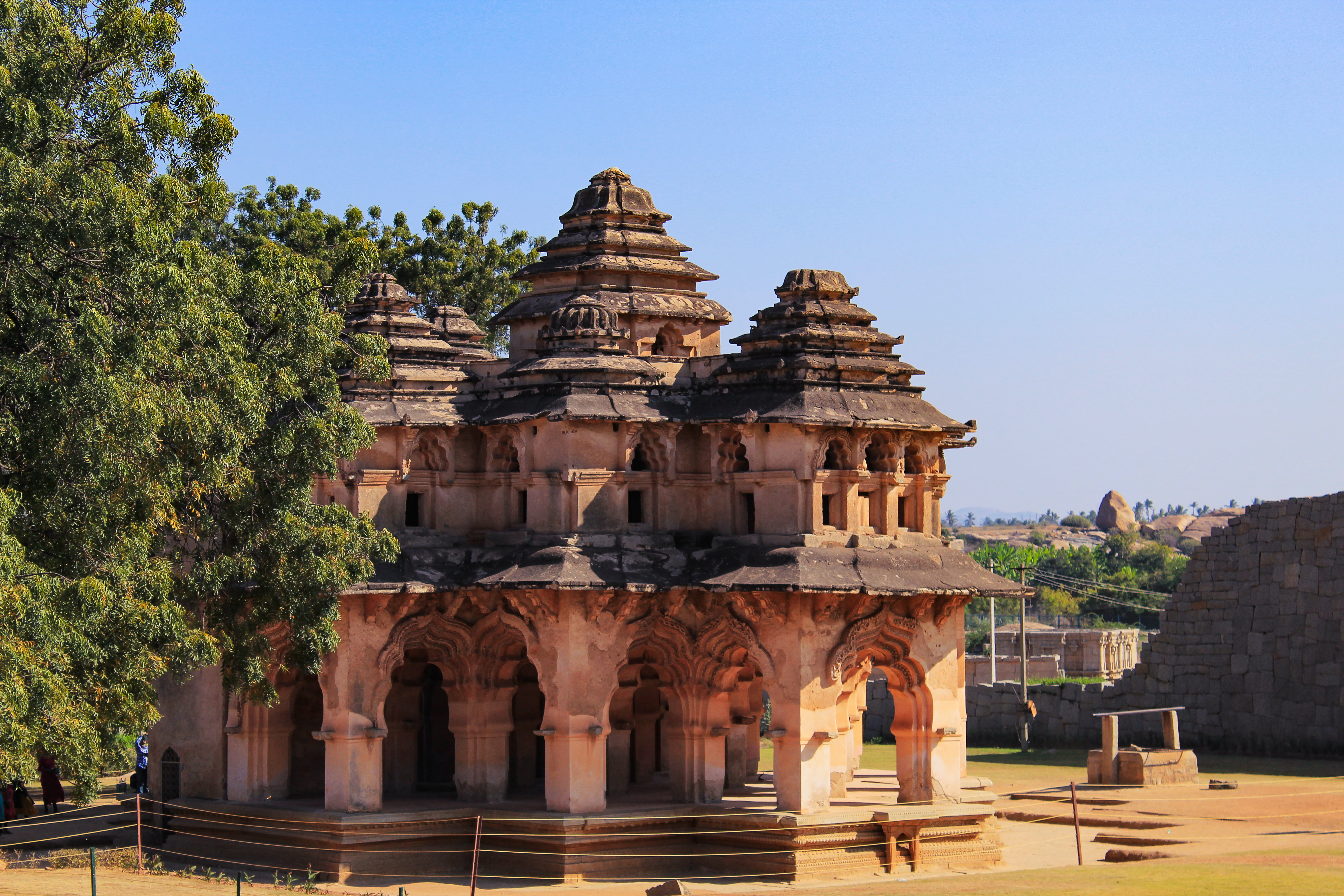


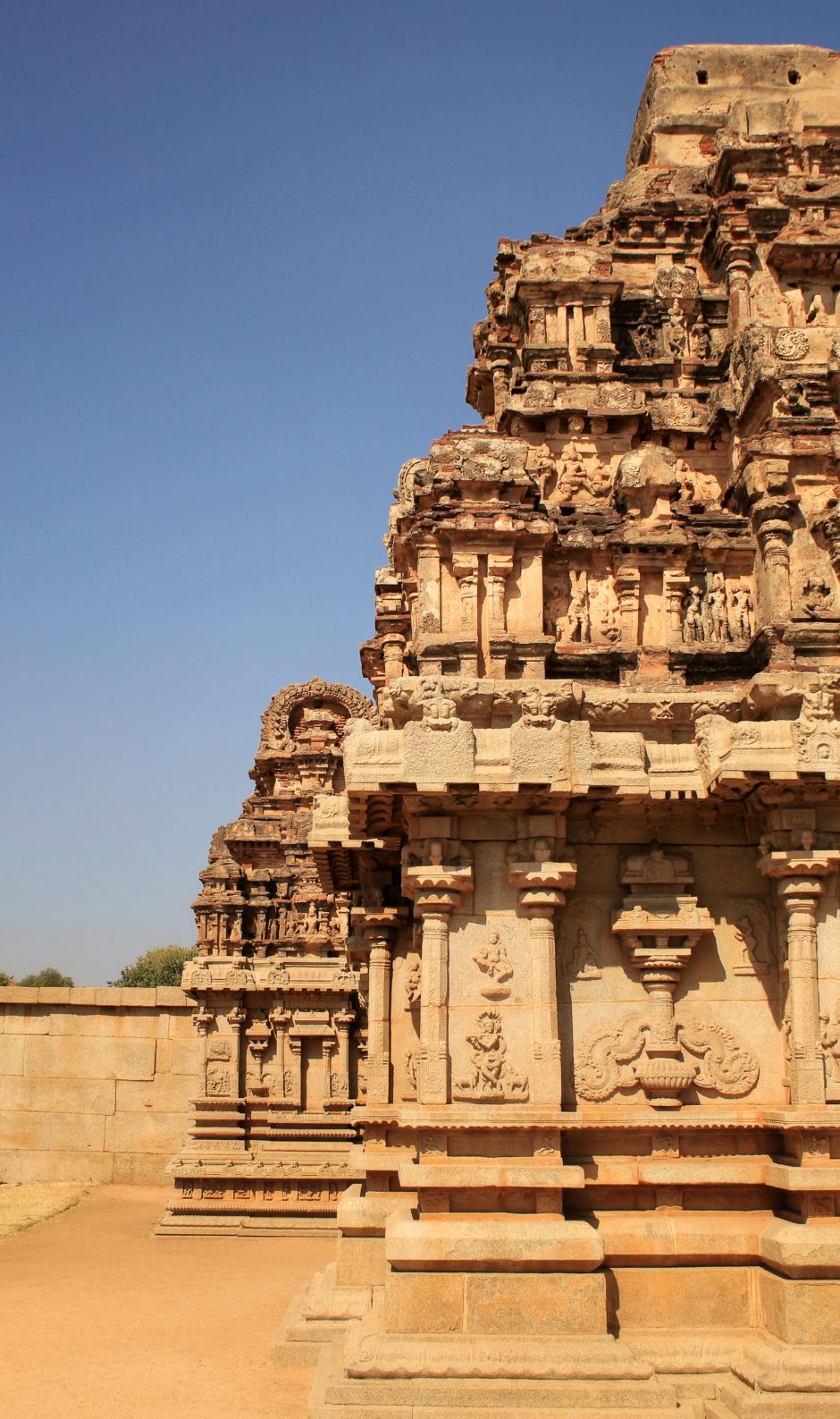




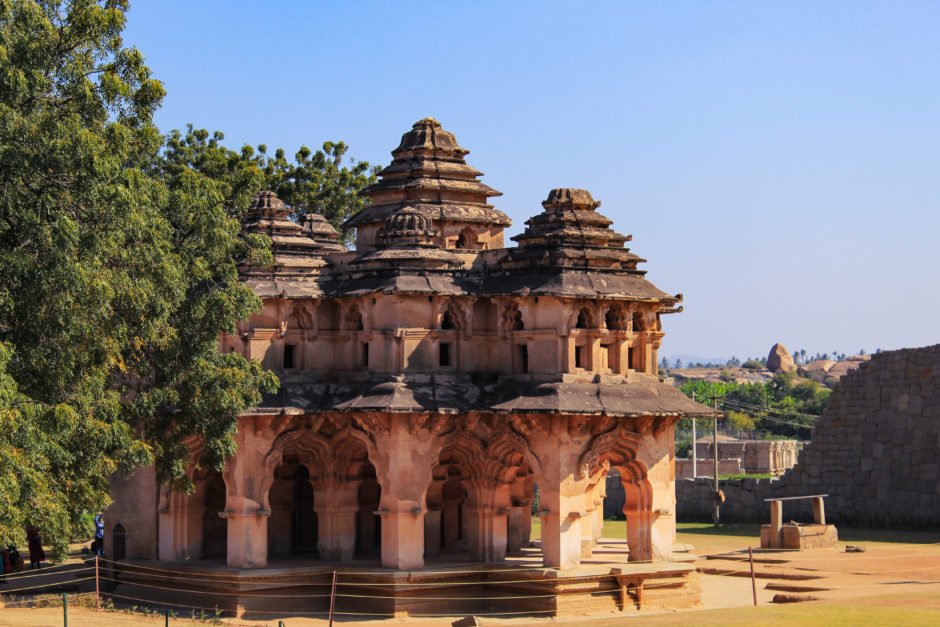
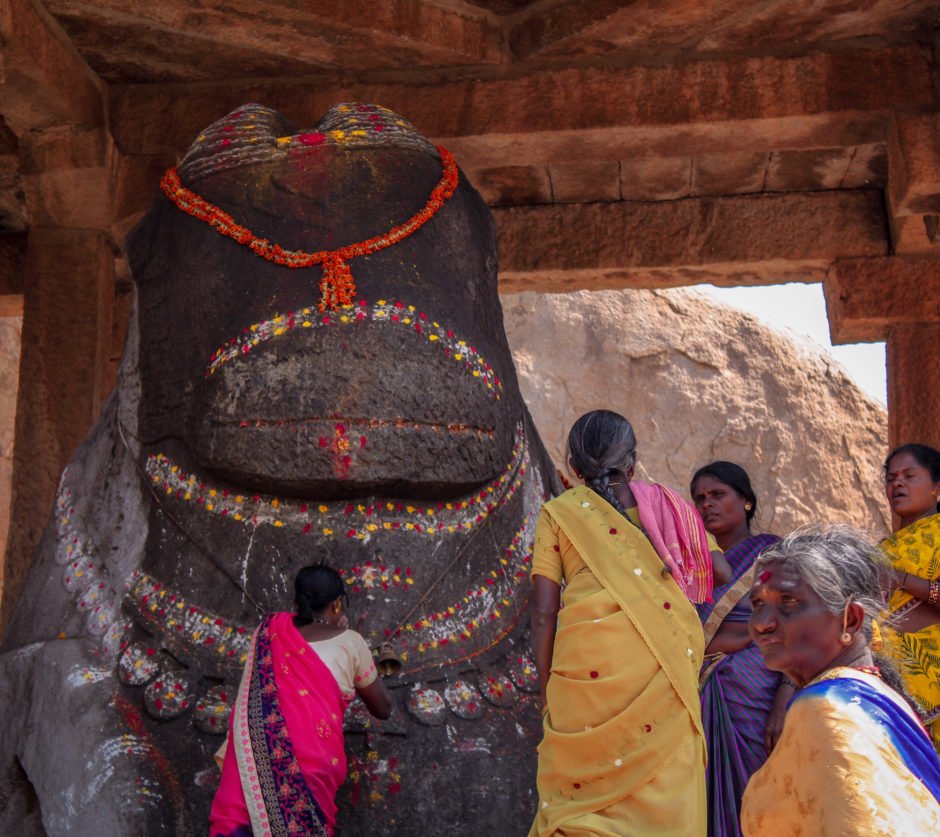
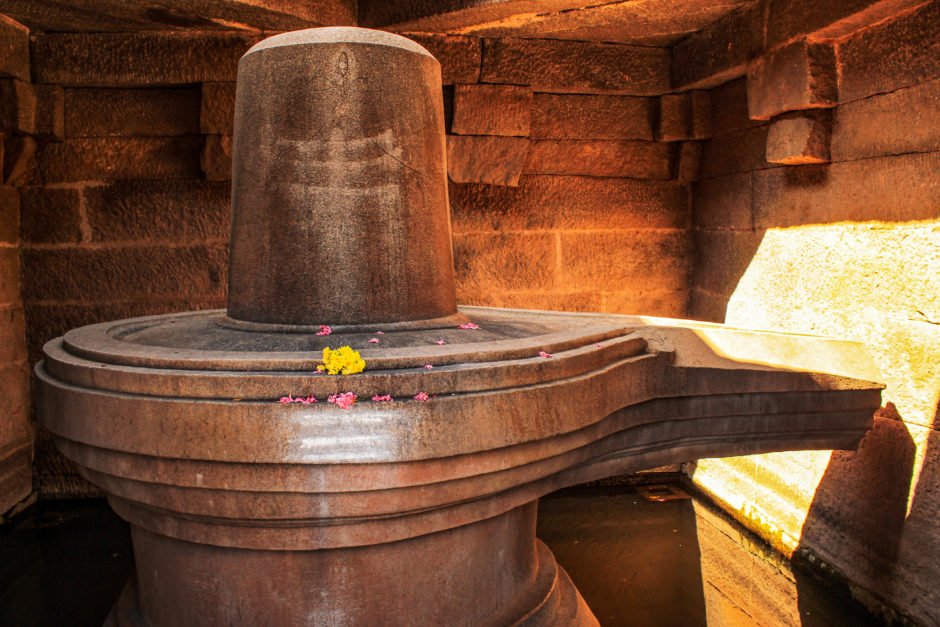

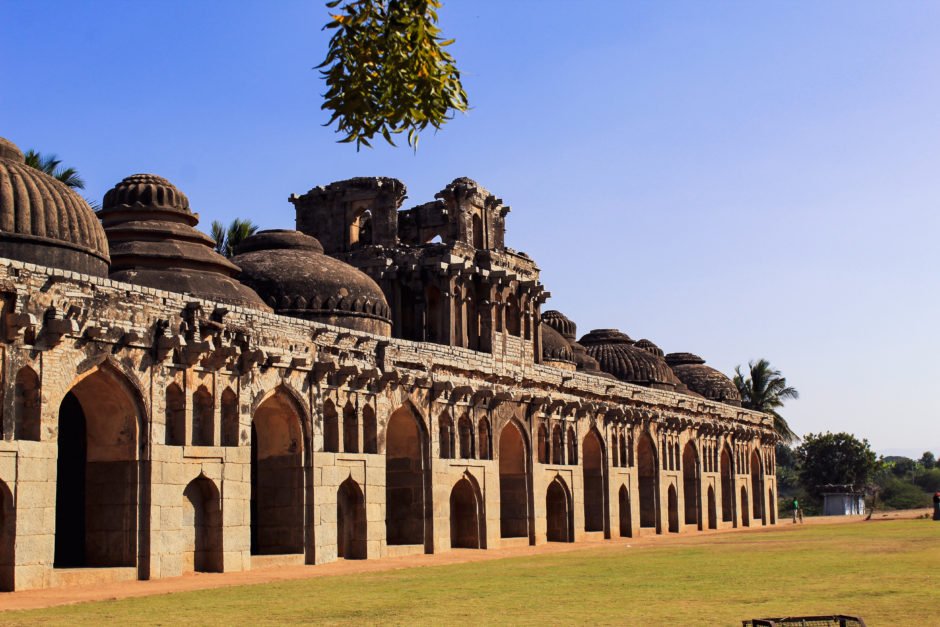

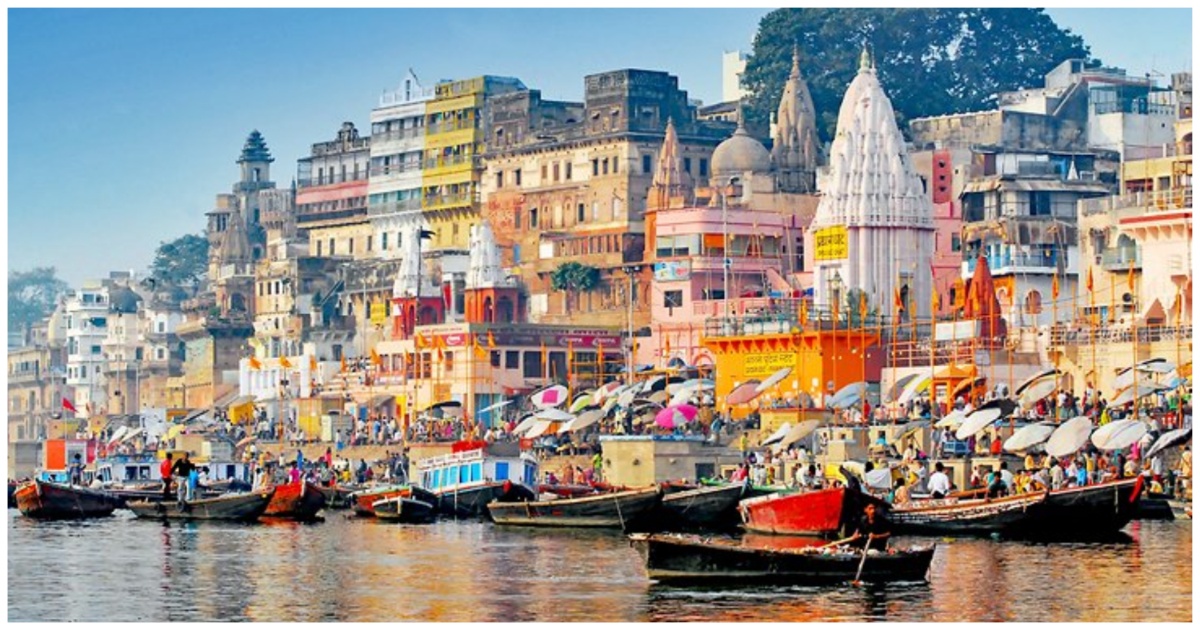
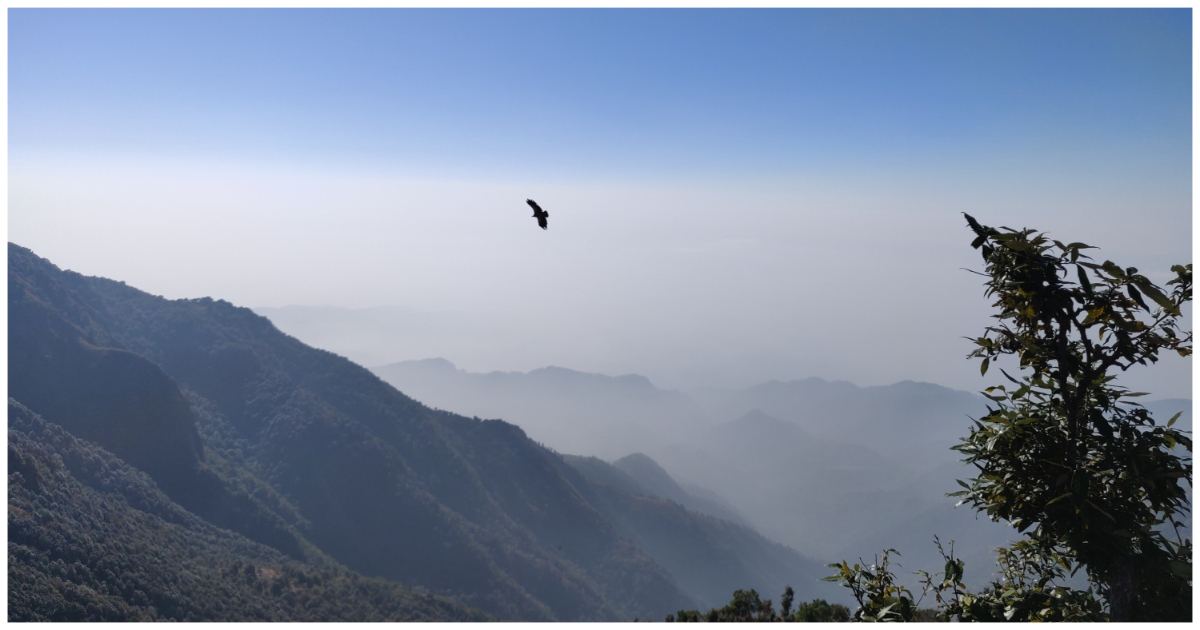
Your description of Hampi made me feel as I was walking through the ancient city. Very interesting Travelogue indeed! 👍😊